transplanting Thalictrum and Astilbe
toad_ca
11 years ago
Related Stories
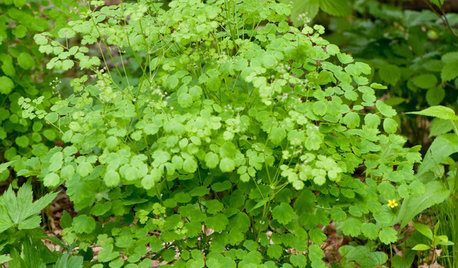
GARDENING GUIDESGreat Design Plant: Thalictrum Dioicum Thrives in Dry Shade
Plant early meadow-rue in eastern U.S. woodland gardens for its tolerance of dry sites and shade
Full Story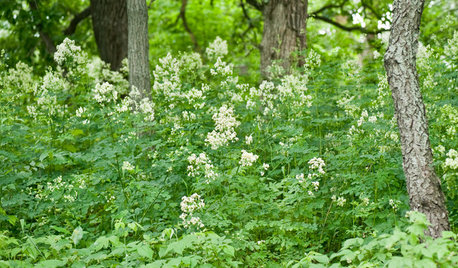
GARDENING GUIDESGreat Design Plant: Thalictrum Dasycarpum Dresses Up Shorelines
Plant tall meadow-rue on central U.S. shorelines and in moist gardens for its frilly cream flowers and blue-green softly lobed foliage
Full Story0
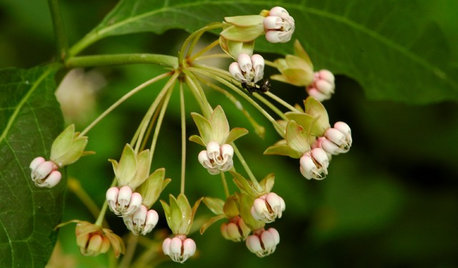
GARDENING GUIDES5 Unsung Wildflowers That Thrive in Dry Shade
Turn shady problem spots into garden idylls with with these prolific, easy-care bloomers
Full Story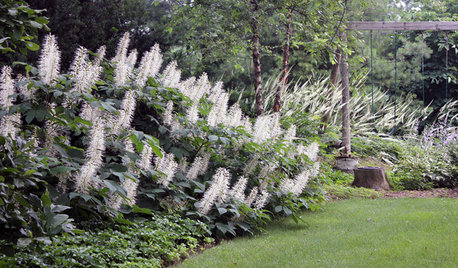
GARDENING GUIDESGreat Design Plant: Aesculus Parviflora
Just like July fireworks, bottlebrush buckeye will light up southeastern U.S. woodland gardens
Full Story
GARDENING GUIDESTop 12 Summer-Blooming Perennials for Deer-Resistant Drama
Can you have garden color, fragrance and exciting foliage with hungry deer afoot? These beauties say yes
Full Story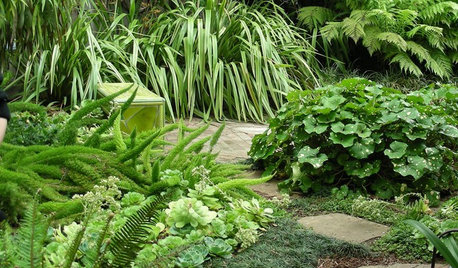
PLANTING IDEAS8 Sumptuous Shade Garden Plant Combinations
Enjoy these plant combinations made for spots with varying levels of shade and different garden zones
Full Story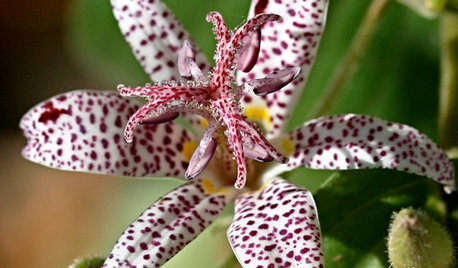
SUMMER GARDENING10 Perennials to Extend Your Garden's Summer Color
Revive summer-weary gardens with outstanding late bloomers such as toad lily, Russian sage, blanket flower and more
Full Story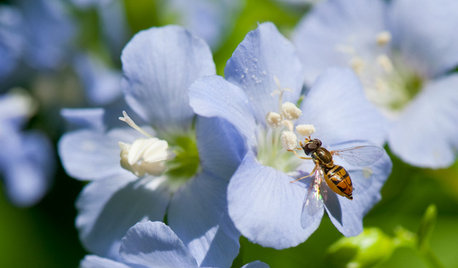
GARDENING GUIDESGreat Design Plant: Polemonium Reptans Paints Woodlands Blue in Spring
Plant Jacob’s ladder in eastern U.S. woodland gardens for its bright blue flowers and delicate foliage
Full Story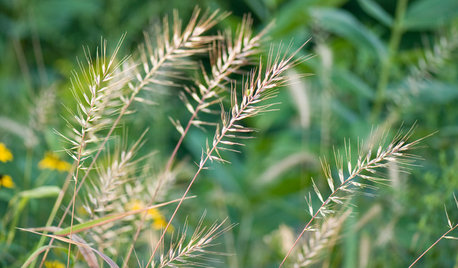
GARDENING GUIDESGreat Design Plant: Elymus Hystrix Thrives in Shade
Plant eastern bottlebrush grass in eastern U.S. woodlands or shade gardens for midsummer flower heads and blue-gray arching grass blades
Full Story
GARDENING GUIDESHouzz Call: What’s Your Favorite Backyard Beauty?
The simple, honest daisy is this writer’s go-to garden flower. We want to hear which plant, flowering or otherwise, gives you special joy
Full Story








Embothrium
oliveoyl3
Related Professionals
Kaneohe Landscape Contractors · Lantana Landscape Contractors · Mason Landscape Contractors · Merced Landscape Contractors · Oak Forest Landscape Contractors · Pompano Beach Landscape Contractors · Roseville Landscape Contractors · Saint George Landscape Contractors · Tavares Landscape Contractors · Eastlake Landscape Contractors · Ferguson Landscape Contractors · Annapolis Fence Contractors · Bothell Fence Contractors · Columbia Fence Contractors · Sammamish Fence ContractorsEmbothrium